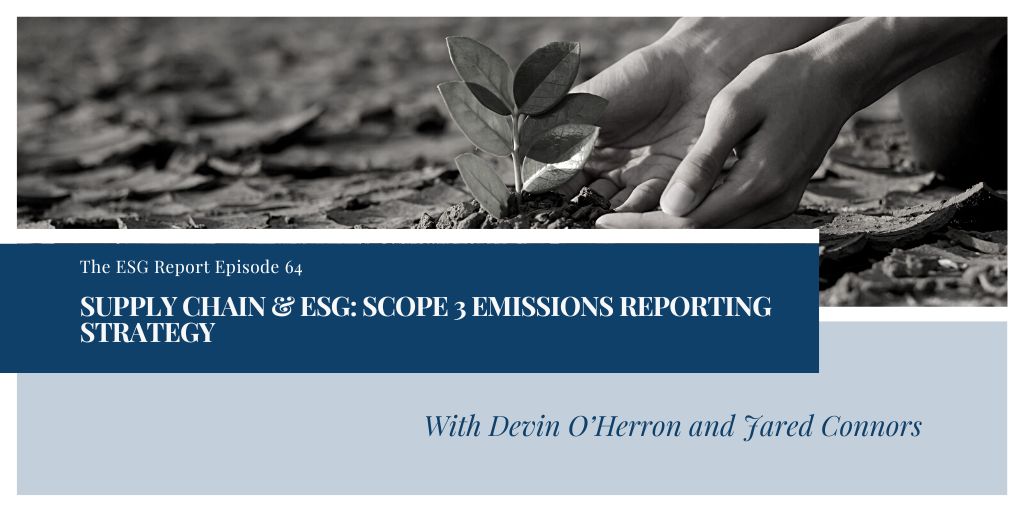
In this episode of the ESG Report,Tom Fox is joined by Devin O’Herron and Jared Connors of Assent to discuss Scope 3 emissions reporting as the key to disclosure success. They talk about the importance of accounting for Scope 3 in your emissions strategy.
There are three scope levels within the emissions reporting strategy: Scope 1 refers to things like your vehicle or things you’re doing around your facility; Scope 2 is the purchased heat or electricity powering your facility; and Scope 3 is all those variables outside your four walls. The most important aspect of Scope 3 is purchased goods. This has a large impact on organizations that may not necessarily take in raw materials and directly manufacture those raw materials into a finished good. “Even if your organization designs products and influences those products, you typically will obtain your raw materials components through your supply chain,” Jared says. The supply chain is a very significant factor to consider when coming up with the emissions strategy as a company.
A recent study found that Scope 3 emissions are typically 11 times larger than an organization’s Scope 1 and 2 emissions combined. As mandatory climate disclosure legislation progresses into the future, the overall emissions strategy needs to start accounting for Scope 3 as much as possible. “When it comes to Scope 3 emissions in particular, as we think about things like carbon taxes, risk in terms of risk, if you don’t understand what exactly that applies to your organization, you are missing a big opportunity,” Devin stresses. Organizations need to get a handle on their total emissions footprint. You cannot manage what you do not measure.
Resources
Devin O’Herron on LinkedIn
Jared Connors | LinkedIn
Tom Fox’s email
Assent website


